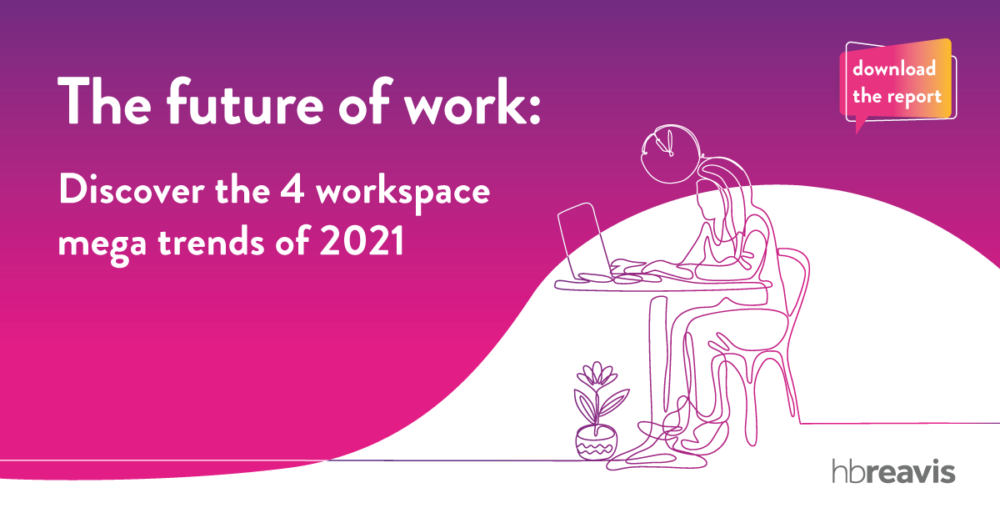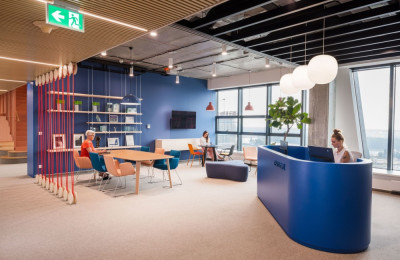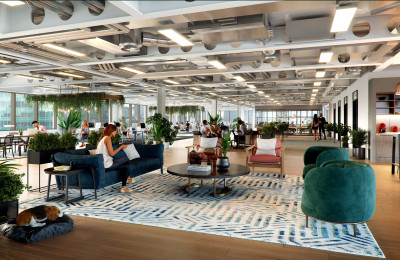Three pain points faced by employees today and how to solve them
How much working time is lost to distractions? 581 hours per person every year, according to The Economist. If you think that sounds like a lot, you’d be right. Employee distractions can have several impacts for your business, and all of them put a strain on performance by hampering productivity.
Yet this is just one of the problems employers – and employees – face in a world where most of us are working from home. While the news headlines suggest some have found it an easy transition, the findings from our latest report tell a different story.
In fact, we found the at-home office has created new challenges for employees that harm their productivity and wellbeing beyond just distraction – creating even bigger challenges for businesses.
We’ve grouped our research into these challenges in three statements:
- Employees want to be back in the office, at least some of the time
- Employees now place greater value on health and wellbeing
- The future of work will depend on agility
Together these ideas paint a clear picture of how employee expectations have changed. Above all, they expect a workspace that is responsive to their needs. Not just today but, if it is to enhance their health, wellbeing and productivity, over the long term as well. And while this depends on employers embracing how the world of work is changing, such an approach equally depends on the design and technology of the future office itself.
Employees want to be back in the office
66% of respondents described a ‘moderate’ or ‘high impact’ in the transition to working at home. This response to the home office doesn’t just lower morale, it directly impacts their wellbeing, with many employees citing a lack of proper equipment and social interactions as affecting their physical and mental health.

This in turn has an effect on their ability to work, with 45% of managers reporting their team’s productivity to be just satisfactory or below satisfactory when working remotely. Such losses in productivity cost businesses an average of $34,448 per year per employee. So how can the modern workspace help?
The solution is one you’re likely familiar with: hybrid working. And while this is something many businesses are already adopting; existing leasing models pose a problem.
Given the rigidity of most office leases, they can fail to match employee and business needs. This isn’t just in terms of equipment but the size and design of the office itself. If the office is too large or too small, or if it lacks the right balance of collaborative and private spaces, employees will not be able to do their best work. And this leads to substantial costs.
Newer leasing models, such as Qubes, address this. They allow for more flexible contract durations that let you scale up and down as needed. They also offer modular design and an agile workplace layout so you can shape the office to continually suit employees’ needs.
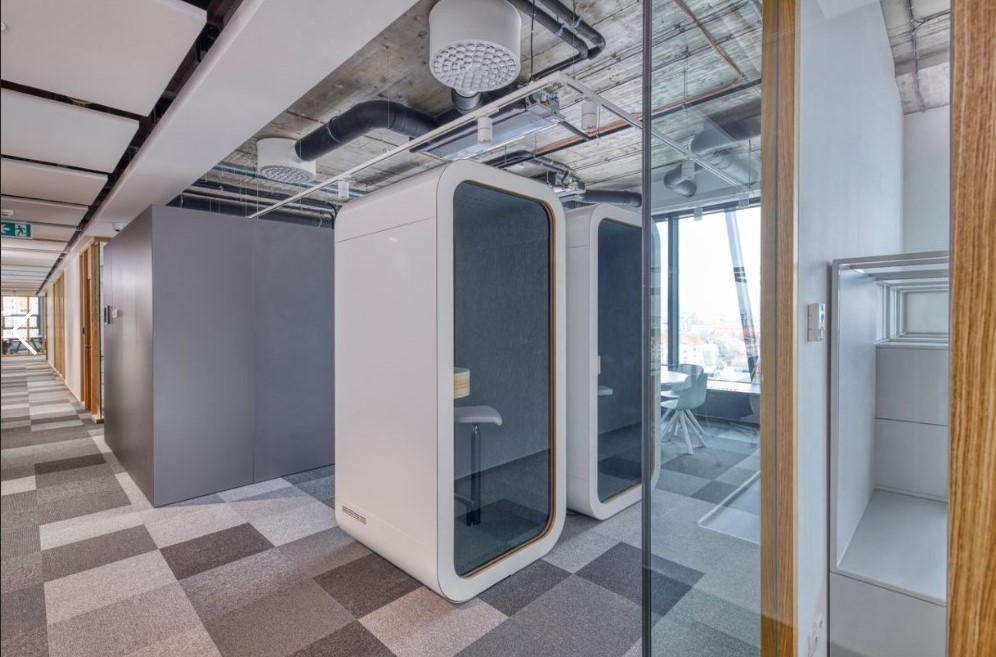
Employees value health and wellbeing
The last year has rightly made health and wellbeing a higher priority for employees. So, when it comes to the return to the office, they should have peace of mind that their workspace will keep them safe and healthy. Given both factors improve employee performance, their benefits are more than just holistic. And this is where data analytics can help.
By implementing sensors across the smart office to understand environmental factors like humidity and occupancy – which both directly affect the chance of viral transmission – you can shape the office appropriately. For instance, if a meeting room is getting too crowded you can introduce a smart booking system to ensure everyone can use the spaces they need without concern for crowding.
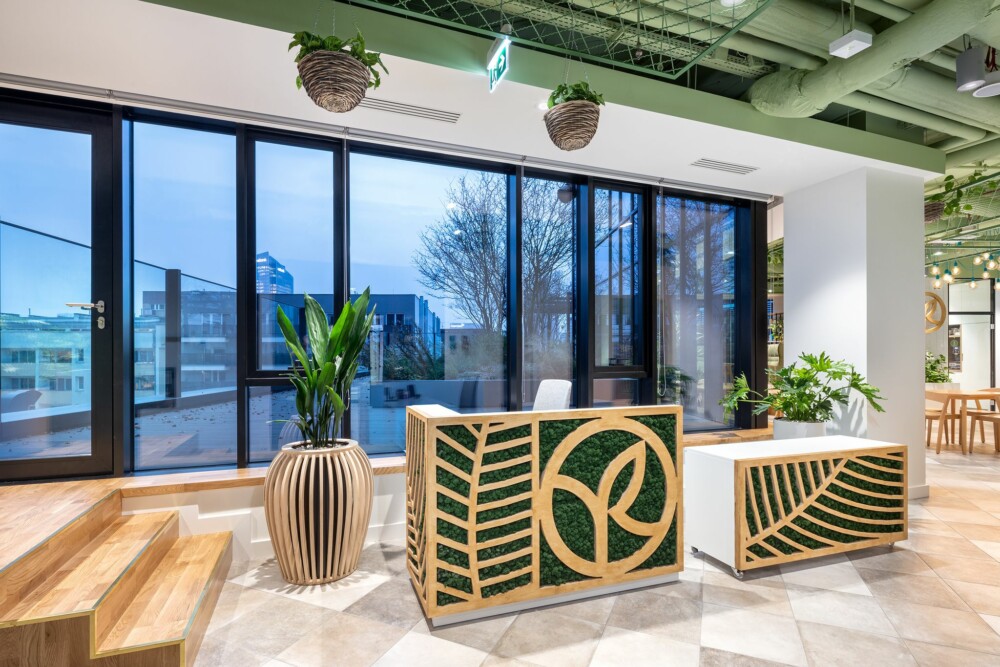
In the long term where employees are spending more time in the office, insights such as these can help shape future decision-making. By seeing how employees are using different areas of the office over time, data analytics can guide you in making changes in response to employee needs. Whether that’s scaling up or down, introducing new equipment, or creating more areas for collaborative work, insight is invaluable in designing a space that meets the requirements of your business – and its employees.
The future of work will depend on agility
The last two challenges require employees and employers to respond quickly to change. And this is because – to succeed – businesses need an environment that promotes agility for everyone, across all levels of the organisation. This is particularly pressing this year given the difficulty for businesses in accurately anticipating their future needs.
In response to the pandemic last year, 10% of businesses increased their staff number, 27% decreased their staff and 15% paused operations entirely. Simply put, businesses needed an agile workspace that could pivot to suit a number of needs. And our research shows this need is still present, with employers remaining undecided about what shape their office will take in the return to work.
With this in mind, the employee experience must still be accounted for, even as your office repopulation strategy evolves. Even for decentralised or ‘hub and spoke’ strategies, employees must be provided with a consistent experience if they are to gain the full benefits of a smart workspace. In other words, your workspace solution must be tailored to your infrastructure as much as it is to your people.
Solutions such as Symbiosy address this through a retrofit process – allowing you to bring all the advantages of a smart office to the spaces you have. By installing the right software, IoT, building integrations and sensors, you can build a workspace that targets specific obstacles for your employees.
The landscape of virtual working has created a new host of challenges for employees, especially as it has continued at length. But the return to work not only promises to address these but – through the latest smart workspace technologies – elevate their work experience to new levels. While the solutions exist today to make this a reality, you must first understand employee pain points to meaningfully answer their needs.
Listen to the article:
Did you enjoy this article and would like to know about our best reads in the future? Sign up for our newsletter:
Newsletter Form
"*" indicates required fields

